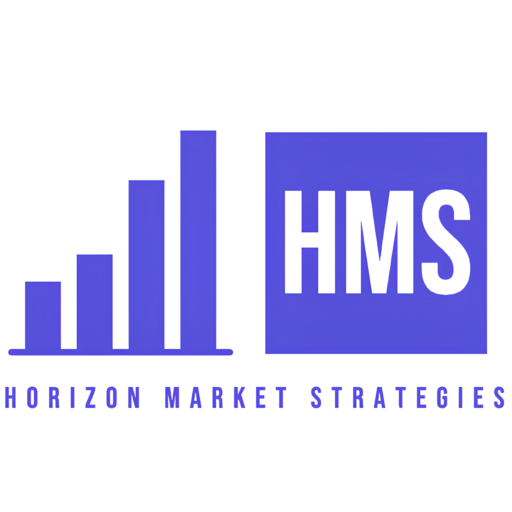Lithium-Ion Battery Market: Size, Share, Trends & Forecast (2024-2029)
The report covers a comprehensive analysis segmented by Product (Lithium Cobalt Oxide (LCO), Lithium Iron Phosphate, Lithium Nickel Cobalt Aluminum Oxide (NCA), Lithium Manganese Oxide (LMO), Lithium Titanate, Lithium Nickel Manganese Cobalt (LMC)), By Application (Automotive, Consumer Electronics, Industrial, Energy Storage Systems, Medical Devices), By Geography (North America, South America, Asia Pacific, Europe, the Middle East, Africa).
Lithium-Ion Battery Market Snapshot
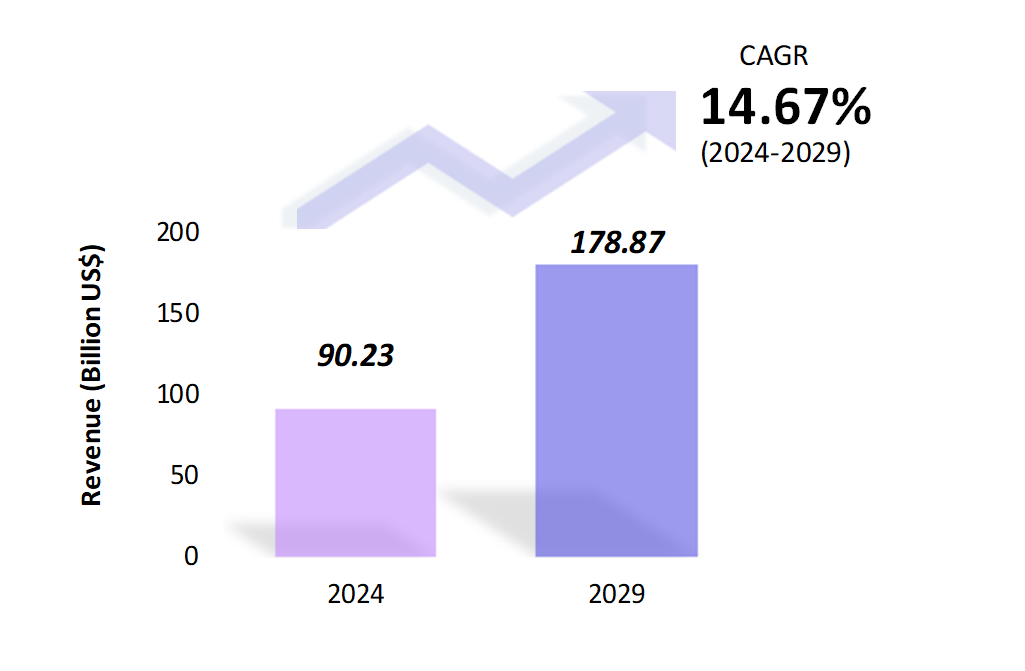
Lithium-Ion Battery Market Overview
The global lithium-ion battery market is estimated to be at $90.23 Bn in 2024 and is anticipated to reach $178.87 Bn in 2029. The global lithium-ion battery market is registering a CAGR of 14.67% during the forecast period 2024-2029.
Lithium-ion batteries play a crucial role in energy storage systems by enabling the storage of surplus renewable energy generated during periods of high production. This stored energy can be utilized during peak demand or when renewable resources are unavailable. Lithium-ion batteries are also favored for their high energy density, lightweight construction, and outstanding performance. These qualities make them the preferred choice for portable electronic devices.
Ongoing innovations, including the development of solid-state electrolytes, silicon anodes, and novel cathode materials, aim to improve the energy density, lifespan, and charging speed of lithium-ion batteries. These advancements not only meet current market demands for enhanced battery performance but also create opportunities in emerging sectors such as electric aviation, unmanned aerial vehicles (UAVs), and wearable technology. For example, on August 19, 2023, in a significant stride towards sustainable aviation, Amprius Technologies, Inc. has unveiled its high- performance battery offering, an ultra-high-power lithium-ion battery designed for upcoming aviation and electric vehicle advancements.
Lithium-Ion Battery Market Coverage
| Historical & Forecast Period | 2018-2029 |
| Base Year | 2023 |
| Forecast Period | 2024-2029 |
| Units | Billion US$ |
| Segments | Product, Application |
| Geographies | North America, South America, Asia Pacific, Europe, the Middle East, Africa |
| Key Vendors | Panasonic Holdings Corp., Hitachi, Ltd., NEC Corp., Samsung SDI Co., Ltd, GS Yuasa International Ltd. |
Key Geographies of Lithium-Ion Battery Market, 2023
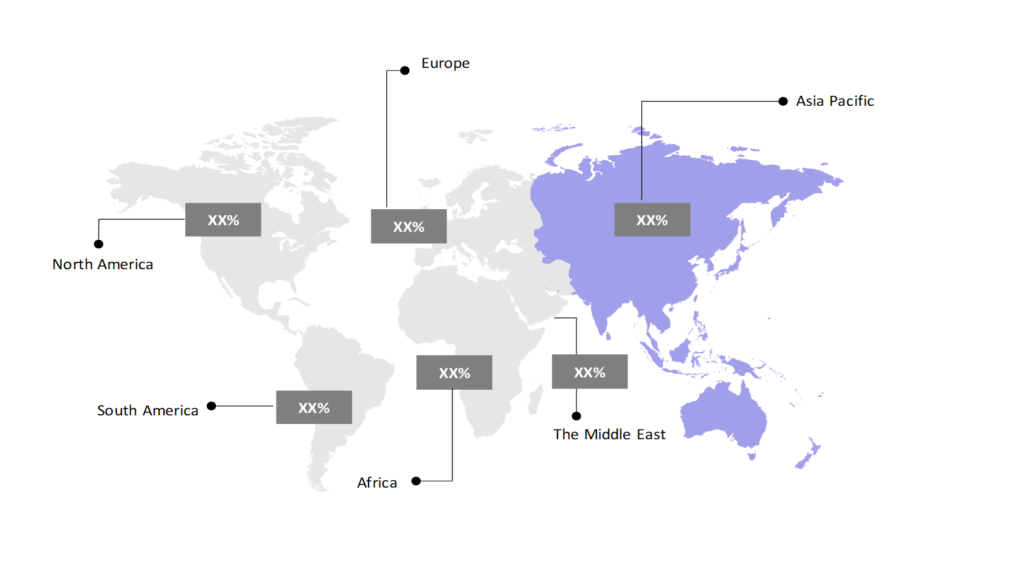
Porter’s 5 Forces Analysis of Lithium-Ion Battery Market
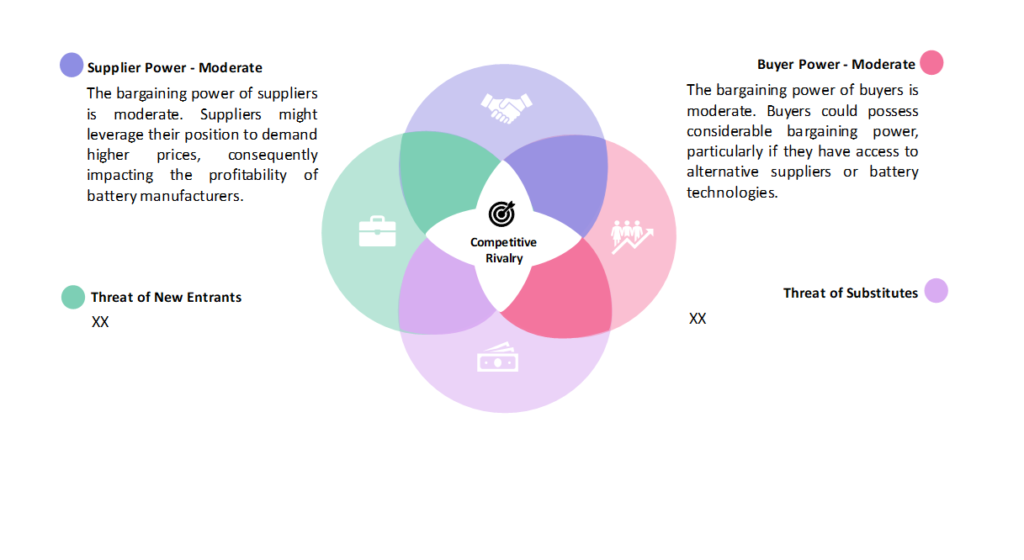
Lithium-Ion Battery Market Trends
Prominent companies in the automotive and technology industries are making significant investments to expand their lithium-ion battery manufacturing facilities. This trend is leading to the establishment of new production facilities and the scaling up of existing ones.
There is an increasing focus on ensuring the sustainability of lithium-ion batteries throughout their entire lifecycle, from the extraction of raw materials to the disposal of batteries at the end of their useful life. Market players are investing in research and development initiatives aimed at improving battery recycling technologies and reducing the depletion of resources. For example, on March 15, 2023, Green Li-ion secured $20.5 million in Pre-series funding to deploy the global deployment of its lithium-ion battery recycling technology. Research and development efforts are also underway to enhance the performance, safety, and energy density of lithium-ion batteries. These batteries are increasingly being integrated with smart features and connectivity solutions, enabling functionalities such as remote monitoring, predictive maintenance, and optimization of performance management.
Lithium-Ion Battery Market Driving Factors
The growing adoption of electric vehicles (EVs) worldwide has created a substantial demand for lithium-ion batteries offering high performance and high energy density. The increasing utilization of renewable energy resources like solar and wind power has generated efficient energy storage solutions. It is further driving the demand for lithium-ion batteries. The widespread use of portable electronic devices, including smartphones, laptops, and wearable gadgets, has also contributed to the rising demand for these batteries in the consumer electronics sector. Emerging markets, like grid-scale energy storage, marine propulsion systems, and electric aviation, present new opportunities for lithium-ion battery manufacturers. For example, on December 26, 2023, Kawasaki Heavy Industries Ltd. announced the delivery of a hybrid propulsion system, integrating a natural gas engine with large-capacity lithium-ion batteries. As these markets evolve and technological advancements continue, the demand for lithium-ion batteries in these applications is anticipated to grow significantly in the coming years.
Lithium-Ion Battery Market Challenges
The lithium-ion battery industry is highly dependent on a complex network of suppliers for various raw materials, including lithium, cobalt, nickel, and graphite. Interference in this supply chain, arising from geopolitical tensions or fluctuations in raw material prices, can adversely impact battery production and potentially lead to supply shortages. Safety remains a foremost concern in lithium-ion battery market, particularly in high-energy applications such as electric vehicles and utility-scale energy storage systems. Issues like thermal runaway, battery fires, and safety recalls can severely hurt consumer confidence and obstruct regulatory support for lithium-ion technology adoption.
Lithium-ion battery technology continues to face limitations in terms of energy density, charging speeds, and overall lifespan. Regulatory framework governing lithium-ion batteries, particularly in areas such as recycling, disposal, and safety standards, vary across different regions. For example, on March 11, 2024, the implementation of new legislation in the first week of March introduced updated safety regulations for the storage and charging of personal mobility devices (PMDs) powered by lithium-ion batteries in San Francisco, US. It is creating compliance challenges for manufacturers and end-users alike.
Lithium-Ion Battery Market – Key Industry News
- In February 2024, Panasonic Energy Co., Ltd., a subsidiary of the Panasonic Group, unveiled a long-term contract with H&T Rechargeable Solutions GmbH, a prominent battery component manufacturer. This agreement pertains to the provision of lithium-ion battery cans in North America, with the objective of bolstering its production of secure electric vehicle (EV) batteries.
- In November 2023, Toshiba Corp. engineered a novel lithium-ion battery featuring a cobalt-free 5V-class high-potential cathode material, effectively mitigating the generation of performance-degrading gases resulting from side reactions. This battery demonstrates versatility across various applications, spanning from power tools to electric vehicles.
- In April 2023, Neogen Chemicals Ltd. entered an agreement with a Mitsubishi subsidiary to acquire electrolyte technology crucial for lithium-ion batteries. Through this partnership, Neogen Chemicals Ltd. becomes the pioneer Indian firm to possess established global expertise in electrolyte production for lithium-ion batteries on a large scale.
Lithium-Ion Battery Market Competitive Landscape
Companies are adopting vertical integration strategies to safeguard their battery supply chains. For instance, automakers like Volkswagen and General Motors are investing in lithium-ion battery production facilities to ensure a steady battery supply for their electric vehicles (EVs). Investments in research and development are also being made to enhance battery performance, safety, and cost-effectiveness.
There is a growing emphasis on recycling and sustainability, with companies exploring efficient methods for lithium-ion battery recycling and the development of more sustainable battery chemistry. While China leads in lithium-ion battery production, with numerous major manufacturers headquartered there, other regions like Europe and North America are intensifying their efforts to establish their battery manufacturing capabilities. This is driven by domestic demand and strategic initiatives to reduce reliance on imports.
Lithium-Ion Battery Market Company Share Analysis, 2023(%)

Lithium-Ion Battery Market – Key Companies
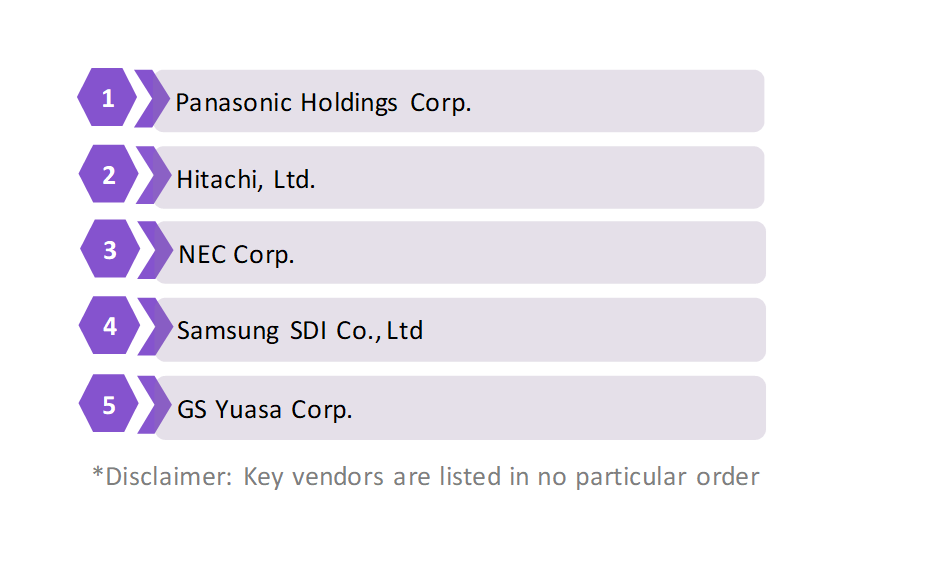
Reason to Buy from us

Table of Contents
| 1. Introduction |
|---|
| 1.1. Research Methodology |
| 1.2. Scope of the Study |
| 2. Market Overview / Executive Summary |
| 2.1. Global Lithium-Ion Battery Market (2018 – 2022) |
| 2.2. Global Lithium-Ion Battery Market (2023 – 2029) |
| 3. Market Segmentation |
| 3.1. Global Lithium-Ion Battery Market by Product |
| 3.1.1. Lithium Cobalt Oxide (LCO) |
| 3.1.2. Lithium Iron Phosphate |
| 3.1.3. Lithium Nickel Cobalt Aluminum Oxide (NCA) |
| 3.1.4. Lithium Manganese Oxide (LMO) |
| 3.1.5. Lithium Titanate |
| 3.1.6. Lithium Nickel Manganese Cobalt (LMC) |
| 3.2. Global Lithium-Ion Battery Market by Application |
| 3.2.1. Automotive |
| 3.2.2. Consumer Electronics |
| 3.2.3. Industrial |
| 3.2.4. Energy Storage Systems |
| 3.2.5. Medical Devices |
| 4. Regional Segmentation |
| 4.1. North America |
| 4.1.1. The U.S |
| 4.1.2. Canada |
| 4.1.3. Mexico |
| 4.2. South America |
| 4.2.1. Brazil |
| 4.2.2. Argentina |
| 4.2.3. Colombia |
| 4.2.4. Chile |
| 4.2.5. Rest of South America |
| 4.3. Asia Pacific |
| 4.3.1. China |
| 4.3.2. India |
| 4.3.3. Japan |
| 4.3.4. South Korea |
| 4.3.5. Rest of Asia Pacific |
| 4.4. Europe |
| 4.4.1. UK |
| 4.4.2. Germany |
| 4.4.3. Italy |
| 4.4.4. France |
| 4.4.5. Spain |
| 4.4.6. Rest of Europe |
| 4.5. The Middle East |
| 4.5.1. Turkey |
| 4.5.2. UAE |
| 4.5.3. Saudi Arabia |
| 4.5.4. Rest of the Middle East |
| 4.6. Africa |
| 4.6.1. Egypt |
| 4.6.2. South Africa |
| 4.6.3. Rest of Africa |
| 5. Value Chain Analysis of the Global Lithium-Ion Battery Market |
| 6. Porter Five Forces Analysis |
| 6.1. Threats of New Entrants |
| 6.2. Threats of Substitutes |
| 6.3. Bargaining Power of Buyers |
| 6.4. Bargaining Power of Suppliers |
| 6.5. Competition in the Industry |
| 7. Trends, Drivers and Challenges Analysis |
| 7.1. Market Trends |
| 7.1.1. Market Trend 1 |
| 7.1.2. Market Trend 2 |
| 7.1.3. Market Trend 3 |
| 7.1.4. Market Trend 4 |
| 7.1.5. Market Trend 5 |
| 7.2. Market Drivers |
| 7.2.1. Market Driver 1 |
| 7.2.2. Market Driver 2 |
| 7.2.3. Market Driver 3 |
| 7.2.4. Market Driver 4 |
| 7.2.5. Market Driver 5 |
| 7.3. Market Challenges |
| 7.3.1. Market Challenge 1 |
| 7.3.2. Market Challenge 2 |
| 7.3.3. Market Challenge 3 |
| 7.3.4. Market Challenge 4 |
| 7.3.5. Market Challenge 5 |
| 8. Regulatory Landscape |
| 9. Competitive Landscape |
| 9.1. Panasonic Holdings Corp. |
| 9.2. Hitachi, Ltd. |
| 9.3. NEC Corp. |
| 9.4. Samsung SDI Co., Ltd |
| 9.5. GS Yuasa Corp. |
| 9.6. Company 6 |
| 9.7. Company 7 |
| 9.8. Company 8 |
| 9.9. Company 9 |
| 9.10. Company 10 |
Lithium-Ion Battery Market – Frequently Asked Questions (FAQs)
What is the current size of the global lithium-ion battery market?
The market size for the global lithium-ion battery market in 2024 is $90.23 Bn.
Who are the major vendors in the global lithium-ion battery market?
The major vendors in the global lithium-ion battery market are Panasonic Holdings Corp., Hitachi, Ltd., NEC Corp., Samsung SDI Co., Ltd, GS Yuasa Corp.
Which segments are covered under the global lithium-ion battery market segments analysis?
This report offers in-depth insights into each product, application.
